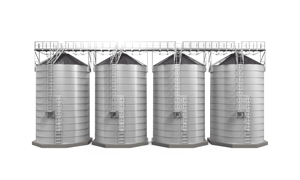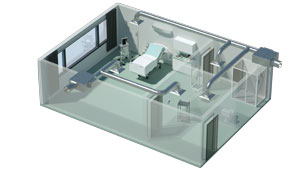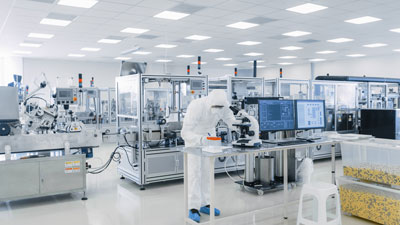 Level detection applications are one of the most interesting things we do at Dwyer as there are so many types of switch technologies. Even just for powder and bulk level detection, there are many ways to sense the level. Dwyer offers several different technologies for powder and bulk solids point level detection. These include: diaphragm, paddle, tilt, capacitive, and vibration. So if you’re wondering how to determine which technology is best for your application, here is a simple guide to help you select the proper technology. Continue reading “Level Detection of Powder & Bulk Solids”
Level detection applications are one of the most interesting things we do at Dwyer as there are so many types of switch technologies. Even just for powder and bulk level detection, there are many ways to sense the level. Dwyer offers several different technologies for powder and bulk solids point level detection. These include: diaphragm, paddle, tilt, capacitive, and vibration. So if you’re wondering how to determine which technology is best for your application, here is a simple guide to help you select the proper technology. Continue reading “Level Detection of Powder & Bulk Solids”
Importance of Sensor Stability in Educational Facilities
 Educational facilities, or public and private institutions devoted to teaching students, differ in physical size and level of education programs. These institutions can range from preschool to university levels, all of which need proper heating, ventilation, and air conditioning (HVAC) systems and indoor air quality.
Educational facilities, or public and private institutions devoted to teaching students, differ in physical size and level of education programs. These institutions can range from preschool to university levels, all of which need proper heating, ventilation, and air conditioning (HVAC) systems and indoor air quality.
While indoor air quality (IAQ) is important for everyone’s health, it is especially important for young children that are still developing their lungs. The United States Environmental Protection Agency (EPA) Science Advisory Board has completed multiple school studies that show indoor air pollution among the top five environmental risks to public health. Continue reading “Importance of Sensor Stability in Educational Facilities”
Importance of Sensor Stability in Healthcare Isolation Rooms

The purpose of a healthcare isolation room is to prevent patients with contagious illnesses from spreading to others or to keep immunocompromised patients safe from exposure to airborne pathogens. As such, there exist two types of isolation rooms, either positively or negatively pressurized.
Positive pressure isolation rooms are designed to keep pathogens and outside air from entering the room, i.e. air inside the room is forced outward and is typically used for immunocompromised patients. Like clean rooms, it is important to maintain proper positive pressure within the protective isolation room to keep the patients safe. Continue reading “Importance of Sensor Stability in Healthcare Isolation Rooms”
Importance of Sensor Stability in Clean Rooms
 The purpose of a clean room is to limit the number of particulates in a clean space. These particulates can be any type of sub-micron particles, such as dust, pathogens, chemical vapors, or moisture droplets. Clean room manufacturing areas are used by many industries to produce semiconductors, pharmaceuticals, medical devices, etc.
The purpose of a clean room is to limit the number of particulates in a clean space. These particulates can be any type of sub-micron particles, such as dust, pathogens, chemical vapors, or moisture droplets. Clean room manufacturing areas are used by many industries to produce semiconductors, pharmaceuticals, medical devices, etc.
Maintaining a proper differential pressure between the clean room and the exterior area is the most crucial aspect of keeping the clean room “clean”. To understand why sensor stability is important to these critical applications, it is important to also understand why a pressure difference is needed. Continue reading “Importance of Sensor Stability in Clean Rooms”
Engineers Week 2021: Imagining Tomorrow
 From the roads we drive on to advancement in technologies, engineering touches our lives daily. This week, we celebrate National Engineers Week in order to show appreciation for their important work, while also engaging the next generation of innovators. Continue reading “Engineers Week 2021: Imagining Tomorrow”
From the roads we drive on to advancement in technologies, engineering touches our lives daily. This week, we celebrate National Engineers Week in order to show appreciation for their important work, while also engaging the next generation of innovators. Continue reading “Engineers Week 2021: Imagining Tomorrow”



